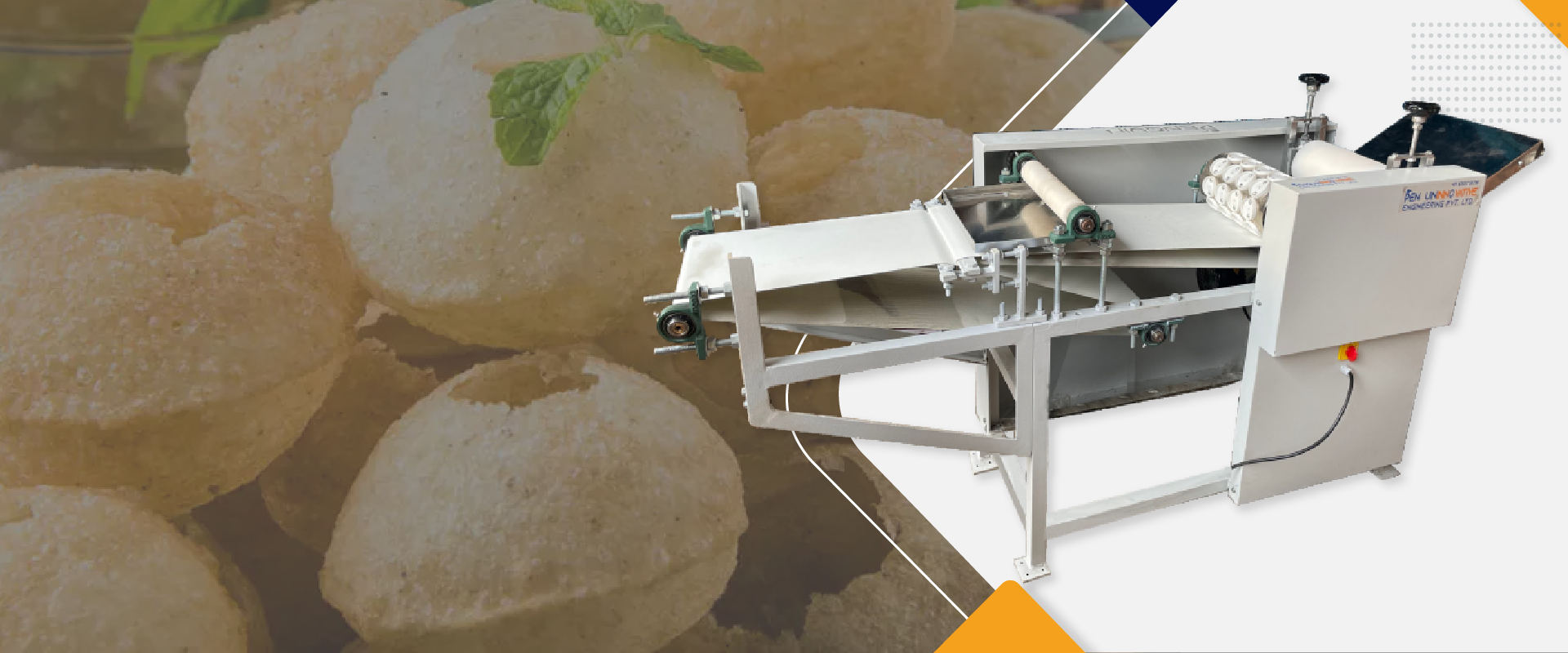Penguin Engineering introduces The Industrial Robotic Arm, an advanced mechanical solution that redefines automation in industrial processes. Designed to replicate the dexterity and functionality of a human arm, this robotic arm is engineered to deliver unmatched precision, strength, and efficiency, making it indispensable in manufacturing, healthcare, research, and more. Comprising interconnected segments and rotational joints, the robotic arm offers flexibility and adaptability, allowing it to handle tasks such as welding, assembly, material handling, and even intricate operations like surgical assistance. Each joint allows precise movements, making sure flawless execution in every application. In manufacturing, robotic arms for manufacturing streamline operations, improving productivity and reducing errors. These systems are equipped to handle repetitive tasks, high-risk environments, or delicate operations with equal proficiency, making sure safety and consistency. Whether in assembly lines, packaging, or quality inspections, the arm robot industrial design excels in optimizing workflows. The industrial robotic arm price offered by Penguin Engineering reflects exceptional value, combining cutting-edge technology with durability and robust performance. Crafted with high-quality materials and advanced engineering, these robotic arms are built to withstand demanding industrial environments, making sure long-term reliability. The versatility of the robotic arm extends beyond industries into fields like healthcare, where precision is critical. It aids in surgeries, rehabilitation, and diagnostics, showcasing its potential to transform traditional methods. In research and development, these arms enable groundbreaking advancements by performing complex experiments with unparalleled accuracy.
| Project | Parameter | |
|---|---|---|
| Degree of the freedom | 6 | |
| Working radius | 700 MM | |
| Maximum load | 3 KG | |
| Rated load | 2 KG | |
| Working range | - 1750 + 1750 | |
| - 1300 + 500 | ||
| - 1200 + 500 | ||
| - 1750 + 1750 | ||
| - 1200 + 1200 | ||
| - 1800 * 1800 | ||
| Position repeatability | ± O.05MM | |
| Maximum speed for terminal axis | 500 MM/S | |
| Body Weight | 23 KG | |
| Input Voltage | 220 V | |
| Total Power | 1000 W | |
| Noise level | < 80 dB | |
| Environmental requirements | Temperature | 50c - 400C |
| Humidity | 10% - 80% | |
| Installation | Table top,side mout,flip mount | |
| Fuselage Material | 6061 Aluminum alloy | |
| Power plant | Integrated servo motor contains multiturn absolute encoders (4pcs); Integrated servo motor with brake including multi-turn absolute encoder (2 pcs) |
|
| Reduction gear | Harmonic deceleration (1 - 6 axis) | |
| Back to zero position | Multi-turn absolute encoder | |






